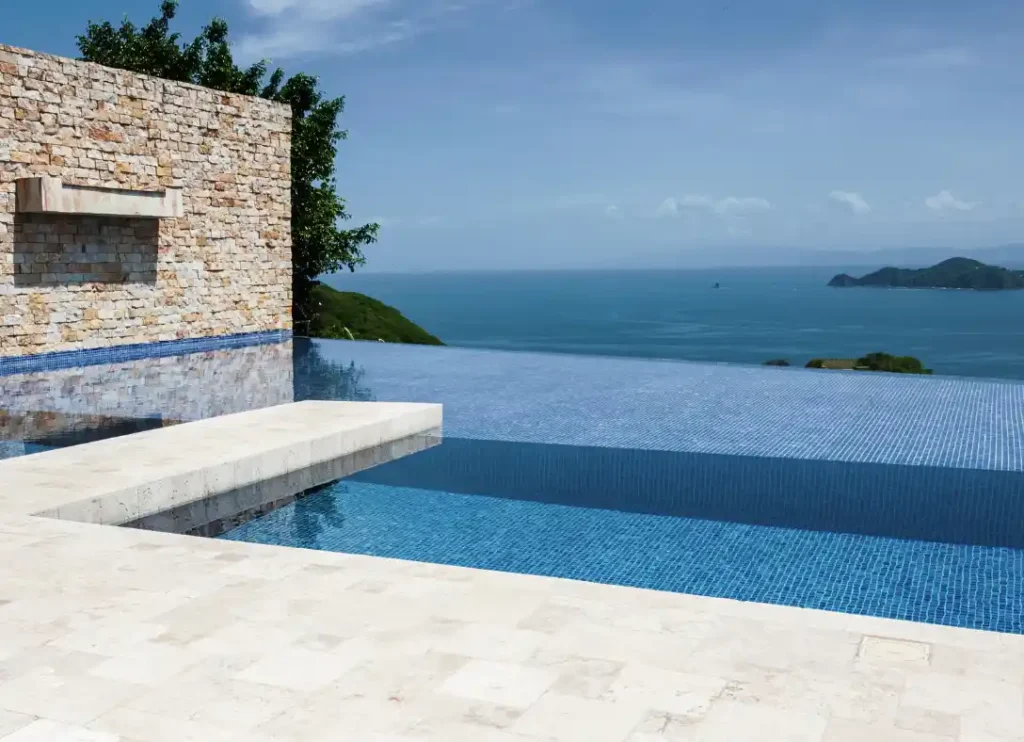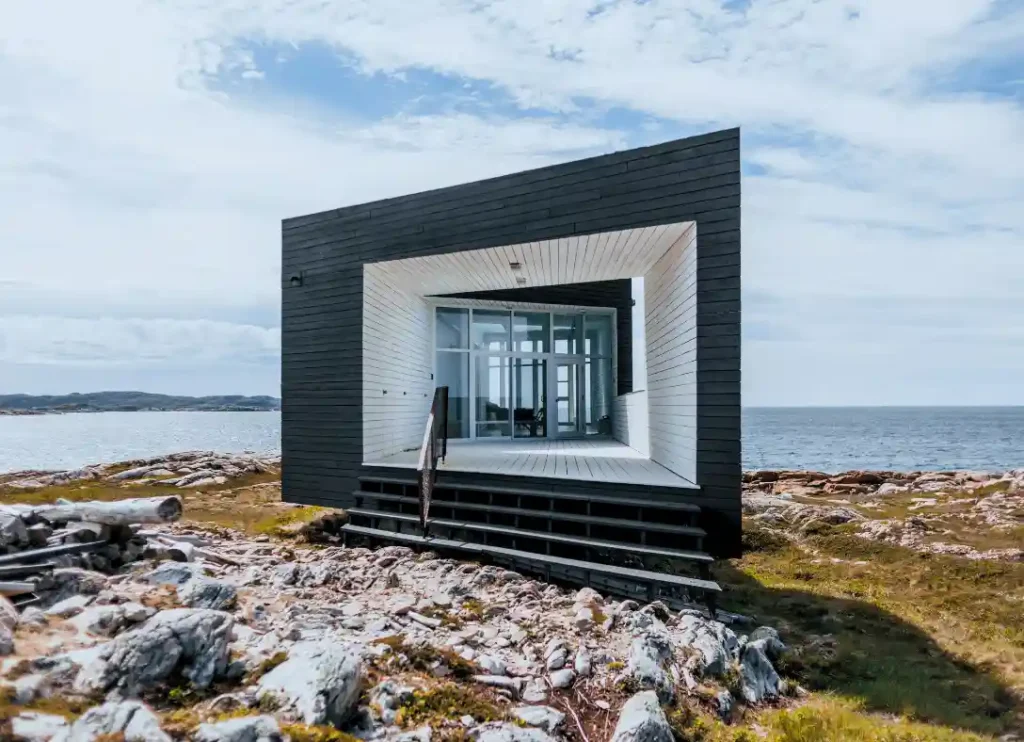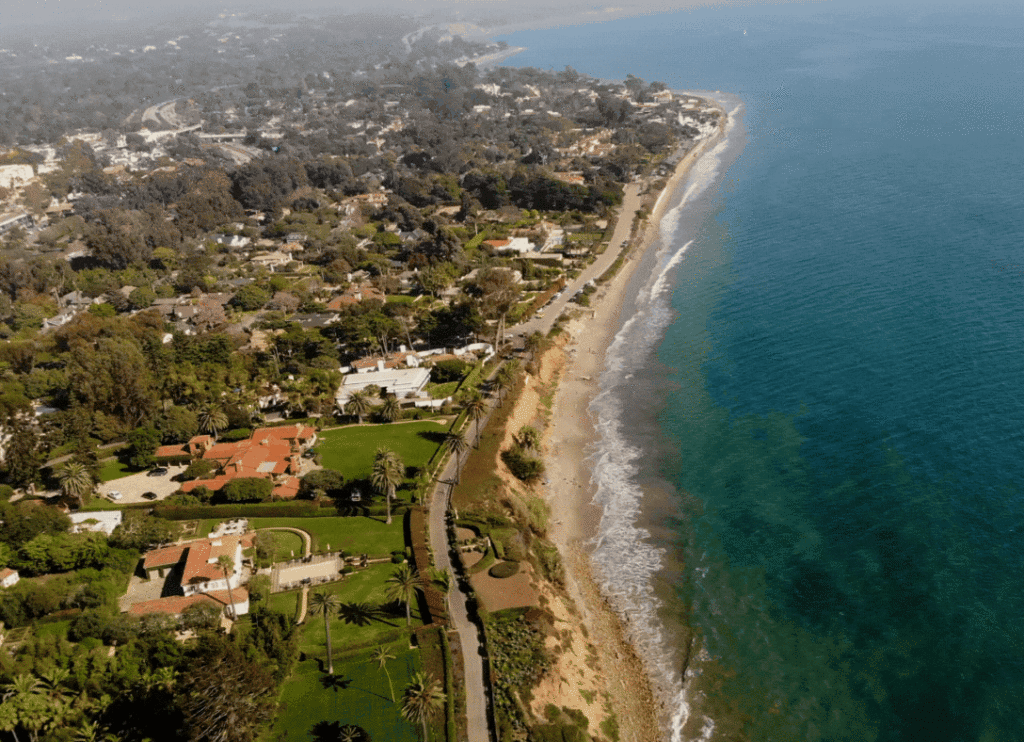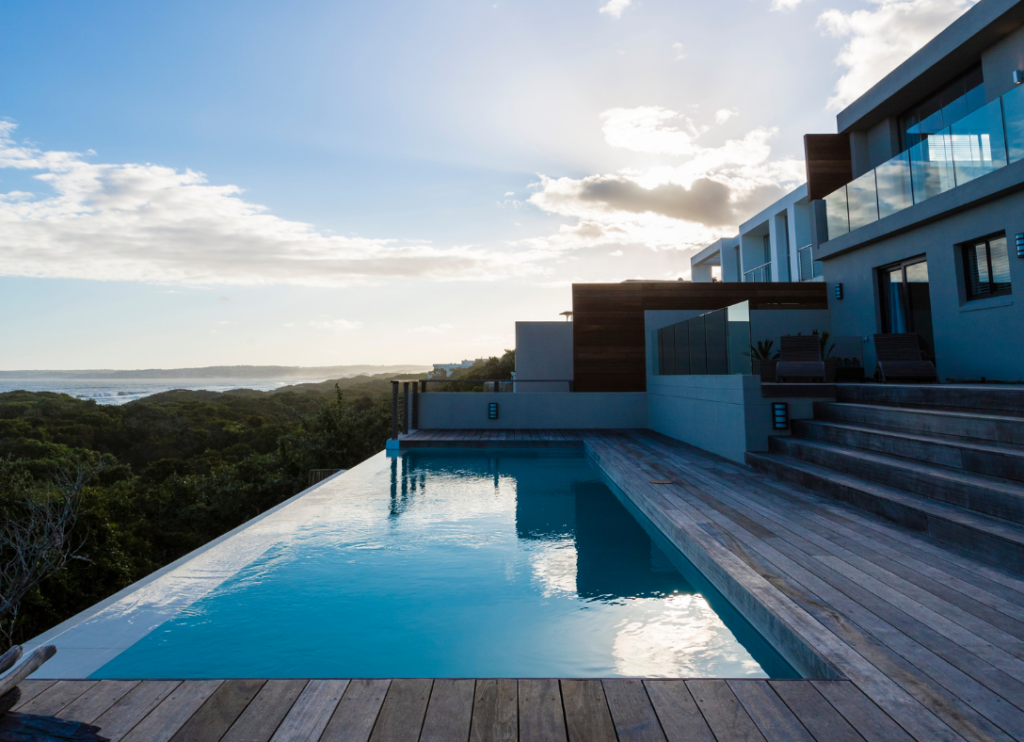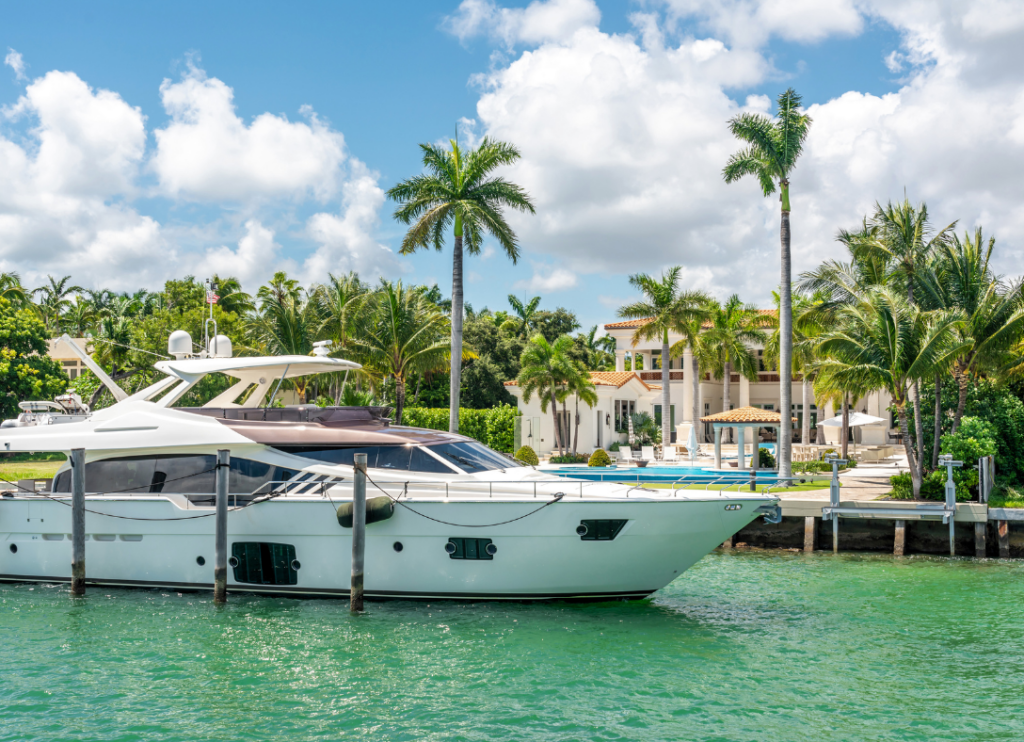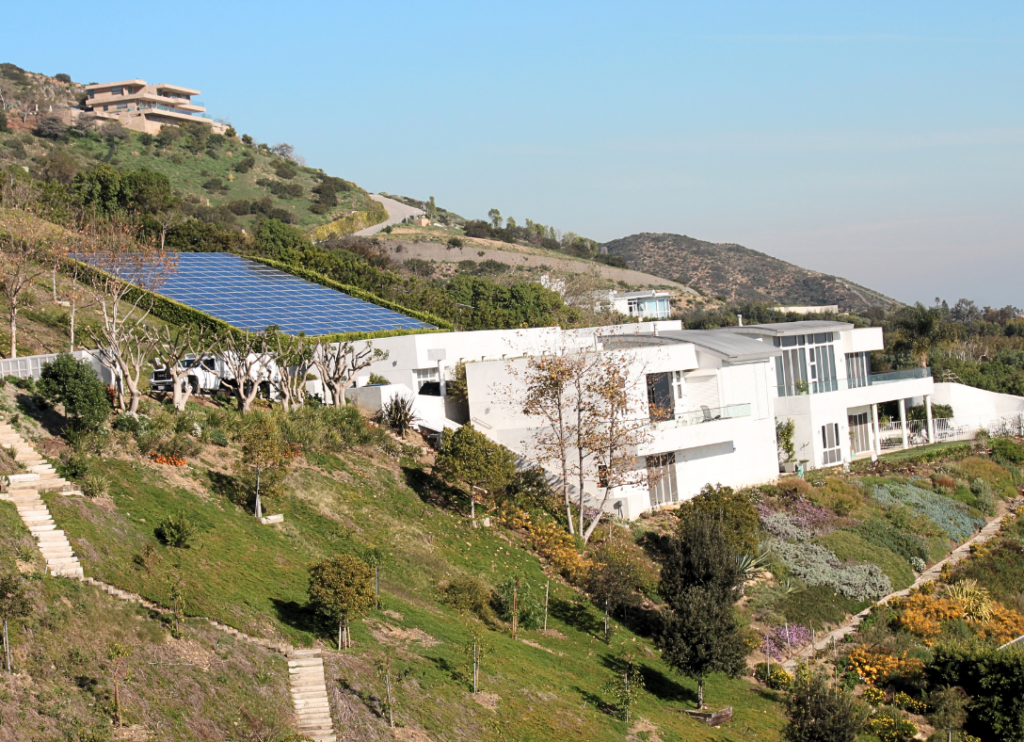Owning property in a prestigious coastal enclave means breathtaking views and world-class architecture, but this lifestyle can also have a learning curve. One must integrate into a homeowners association (HOA) community with its own rules and regulations, expectations, and privileges. In ultra-exclusive gated estates—where homes range from multi-million-dollar retreats to legacy compounds—HOA board members both gatekeep and facilitate. The HOA’s bylaws shape everything from architectural standards to security policies and property values.
Understanding how these associations operate can be the difference between effortlessly enjoying your new home and directing the future of your community versus running into unexpected roadblocks and making unintentional gaffs. Whether you’re planning a new build, an extensive renovation, or simply settling in as a property owner, here’s what you need to know about navigating HOAs in exclusive coastal communities.
Getting to Know Your Neighbors: Is It Different Here?
Whether you find yourself in Palm Beach or Montecito, social dynamics tend to be more nuanced in elite coastal communities than in traditional neighborhoods. Residents are CEOs, celebrities, inventors, and investors who value discretion as much as exclusivity.
Instead of a casual “meet-the-neighbors” barbecue, introductions often happen at curated HOA community events—think members-only golf tournaments, charity galas, or exclusive yacht club gatherings. Relationships in these communities are often built through shared networks—not casual street encounters.
If you want to maintain positive relationships with neighbors or establish a leadership role within your community, be sure to attend HOA-sponsored events, country clubs, and local philanthropic initiatives.
Gaining Influence in Your New Community
If you’re purchasing a home in an exclusive gated estate or have recently moved to a property governed by HOA rules, chances are you’ve owned—or still own—a high-rise apartment. Perhaps you lived in Miami, New York City, Los Angeles, or Toronto and were subject to a condo board?
Unlike high-rise condo boards, where resident engagement is often expected, gated estate HOAs operate with a different dynamic—homeowner influence isn’t automatic, it’s earned. While both structures regulate community standards, estate HOAs tend to be more private, with decisions often made behind the scenes.
If you want a voice in rule enforcement, renovation approvals, or financial decisions, you must attend board meetings, join committees, and build relationships with board members. If possible, join the board! That way, you have the ultimate say (you might even edit and enforce HOA bylaws).
But you’ll need to understand how authority is distributed and how to advocate for your interests if you want to make the most of this new arrangement. Homeowners who engage strategically can help shape policies, avoid unnecessary roadblocks, and ensure their community reflects their needs.
If you’re transitioning from a luxury condo to a gated coastal estate, check out our full article “Moving from a High-Rise to a Coastal Estate? Here’s How Condo Boards & HOAs Differ.”
When the HOA is Just Infrastructure
In some elite coastal enclaves—especially those with expansive estates on acreage with lots of space between properties—the HOA functions more like a silent service provider than a social or governing body. Unlike the average suburban HOA that keeps shared pools, parks, and community centers clean, these HOAs handle only essential infrastructure.
They’ll resurface roads, fill potholes, cart away mud after heavy rains, and call in experts for erosion or stormwater management. Some communities also use HOA fees to fund private security patrols or gate attendants. Landscaping in common areas—like entryways, medians, or scenic walking paths—often falls under the HOA’s responsibilities, too.
No Block Parties, No Board Meetings
In these settings, you may never meet your HOA board—let alone your neighbors. And you might not be subject to very many HOA rules and regulations. Decisions are often made behind the scenes by a management company or a small group of estate owners with little need for homeowner input.
Communication is minimal—often limited to an annual fee statement and occasional infrastructure updates. Unlike HOAs in more social communities, there are no scheduled meet-and-greets, no clubhouse gatherings, and certainly no neighborhood watch committees.
For some, this level of detachment is ideal. After all, it preserves privacy and eliminates the need for community involvement. For others, it may feel isolating. If you moved from a high-rise apartment with a condo board and were expecting more control over community decisions or regular interactions with neighbors, this might feel like a big change.
What This Means for You
If you’re moving into a community with this kind of low-touch HOA, you need to flesh out what you’re paying for. HOA fees might seem expensive, but they guarantee well-maintained roads, security, and storm protection.
To make sure your needs are met, research how decisions are made by your HOA. In some cases, the HOA is run by an outside property management firm rather than a board of residents, which can make getting in touch difficult. If urgent issues arise—like the need for road repairs or drainage improvements—, you want to make sure that the HOA will respond swiftly.
Dues and Benefits: What to Expect from an Involved HOA
HOA dues can range from a few thousand to tens of thousands per year—depending on security, maintenance, and amenities. In some communities, HOA dues are tied to the value of the home, but this is not the standard model.
Most HOAs charge flat fees based on property type, lot size, or access to shared amenities. However, your HOA might assess dues proportionally to home value. Be sure to take a look at your HOA’s governing documents before paying any dues.
What Do Dues Cover?
If your HOA simply maintains shared private roads and cleans up after storms, you can expect to owe dues on that lower end. However, if your HOA funds security, pays for exclusive perks, and regulates renovations, you could pay a lot more. Is it worth it? That depends on what you value as a homeowner. Let’s take a closer look at a few potential perks.
Security and Maintenance
A large portion of HOA dues funds private security, which often includes staffed gated entrances, patrols, and 24/7 surveillance. Many communities also maintain private roads, landscaping, and shared spaces to preserve their pristine environment without relying on public services.
Private Amenities
High-end HOAs often offer exclusive perks like private marinas, helipads, equestrian facilities, and members-only beach access. Some communities fund concierge services, resort-style pools, and high-end fitness centers, too.
Architectural Oversight
Strict design review boards regulate new builds and renovations to maintain a cohesive aesthetic—especially if the community is historic. As you will read later on in this article, homeowners must obtain HOA approval for construction.
Storm and Erosion Management
If your home abuts the coastline, your HOA might invest resident dues in seawall reinforcements, flood mitigation, and beach restoration efforts. These initiatives protect homes from rising tides, keep beaches functional for residents, and preserve the natural beauty of the coastline. Certain communities might also be subject to rules set by their local Coastal Commission.
Special Assessments
Beyond regular dues, HOAs could levy special assessments for major repairs like road resurfacing or seawall reconstruction after a natural disaster. Before buying, we recommend reviewing the HOA’s financial reserves. Otherwise, your community might not be financially prepared for such large-scale projects.
What Can You Build (and What’s Off-Limits)?
If your HOA is actually made up of residents who live in your community (and not just an off-site management company), they will likely limit what, where, when, and how you can alter your property. Your HOA will seek to maintain uniformity, protect property values, and preserve the aesthetic integrity of your community. But unlike conventional HOAs, where restrictions might focus on fence heights and mailbox colors, the stakes—and architectural oversight—are much higher.
Depending on how involved your HOA is, you might expect limitations on exterior materials and design, landscaping and sightlines, square footage, and setbacks, structure height, and outdoor features. Many HOAs enforce rigorous architectural review processes.
Before any new construction or renovation, they require approvals from both the board and an architectural committee. Some mandate that homes align with specific design languages—whether that’s modern coastal minimalism, Mediterranean revival, or shingle-style estate architecture.
What About Outdoor Features?
Even your outdoor features could be subject to HOA approval. HOAs set stringent guidelines on trees, hedges, and hardscape elements to prevent obstructing ocean views and to avoid disputes over sightlines.
Many communities also have height restrictions to prevent homes from towering over their neighbors or disrupting the aesthetic harmony of the coastline. In some cases, underground expansions are allowed when additional square footage is restricted above ground.
Pools, outdoor kitchens, and lighting must comply with community-wide standards. Fire pits, for instance, may be banned due to wildfire risk. Some communities also enforce “dark sky” rules to protect the natural environment, maintain privacy, and keep constellations visible for residents who enjoy stargazing.
Bright artificial lighting can disrupt local wildlife—especially sea turtles and migratory birds—while also creating light pollution that threatens the quiet, serene atmosphere these estates are known for. Limiting outdoor lighting also helps prevent excessive glare between your home and your neighbors’. Bear in mind that police enforce HOA rules like these in jurisdictions with legally mandated dark sky ordinances set by state and federal laws. (In other areas, they are unenforceable HOA rules and legal action is unlikely.)
HOAs and Privacy: What Do the Bylaws Permit?
Luxury HOAs are implemented primarily to enforce community standards while upholding the privacy and exclusivity that residents expect. Bylaws in these communities often limit transient guests, regulate security protocols, and restrict short-term rentals. Many even employ private security firms to enforce access rules. Let’s take a closer look at the rules.
No Short-Term Rentals
As you might have assumed, short-term rentals are banned in most luxury communities. While platforms like Airbnb and VRBO have made it easier than ever for homeowners to monetize their properties, permitting stays shorter than 30 to 90 days will probably result in an HOA rule violation.
Most community members are comfortable with this restriction. They want to preserve the character of the neighborhood and prevent an influx of temporary visitors who might not adhere to community standards. Bear in mind that even long-term leases may require board approval.
Guest Approvals: Who Can Enter?
Beyond rental limitations, guest access may also be regulated. It’s fairly common for HOAs to require that guests receive prior approval through a formal process. This way, only verified guests can enter.
In certain cases, security teams will solicit visitor registration in advance, and frequent visitors—like private chefs, personal trainers, or maintenance staff—might need special credentials to enter without additional approvals each time.
Private Patrols and Biometric Entry
Security in these communities far exceeds the standard gatehouse or neighborhood watch. Some luxury HOAs implement biometric entry systems, private security patrols, and 24/7 surveillance.
Unlike public neighborhoods—where security is the responsibility of local law enforcement—these communities rely on private firms that work directly with the HOA board. Of course, the police will still respond to criminal activity in your neighborhood (but not to HOA violations).
Adding Your Own Security Cameras
Bear in mind that your ability to add exterior security cameras on your own property might be restricted so as not to infringe on a neighbor’s privacy. However, some communities allow or even encourage advanced security systems.
Are Drones Allowed?
Drone use is a contentious issue in many coastal communities, as it raises concerns about privacy, security, noise pollution, and disruption of local wildlife. In most cases, HOA bylaws restrict or prohibit drones from being flown over private properties unless explicitly approved.
However, exceptions may be made for real estate photography, architectural surveys, or large private events, provided that drone operators obtain proper permits or HOA approval. Homeowners who want to use drones for personal security—like monitoring their property’s perimeter—might have to fight for the right to do so or meet additional requirements set by the HOA. For example, some communities require FAA-licensed operators for any drone activity.
Now You’re Prepared!
Whether your HOA is hands-off or highly involved, knowing how rules are enforced and how to gain influence can help you avoid conflicts and ensure your property aligns with community standards. But what if you’re an architect, developer, or real estate agent? In order to work effectively within these communities, professionals need a keen awareness of HOA covenants, design restrictions, and legal nuances, too.
If you’re in the business of designing, developing, or selling luxury homes in gated coastal communities, be sure to check out our article, “What Developers and Architects Need to Know About Working in Gated Coastal Communities.” It provides essential insights into the unique challenges and expectations that come with supporting clients in these highly regulated, ultra-private enclaves.

